A new study of the Tungareshwar Wildlife Sanctuary near Mumbai, claims there are five leopards at the remote site, and warns against brewing human trouble
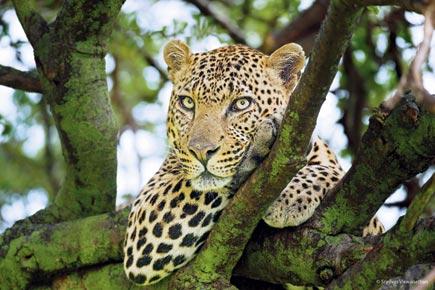
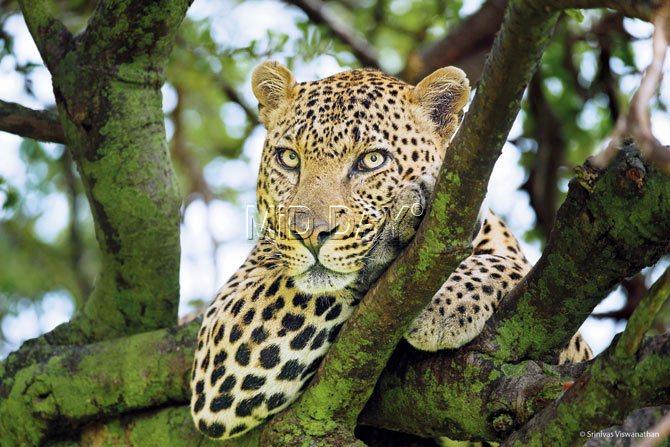
ADVERTISEMENT
Here's a comparison that should exhilarate you: While the Sanjay Gandhi National Park (SGNP), spread over 140 km, has an estimated 35 leopards, a new study of the remotely located Tungareshwar Wildlife Sanctuary (TWS) in Vasai also boasts of five leopards within its 85 km area. However, all is not hunky dory, as the study shows that the prey base is too little for its residents, and that the pristine forest is also facing a threat from land encroachers; so much so that there are illicit liquor-brewing units already functioning there. The forest department has now initiated action against them.
Also read: How many leopards are there in Mumbai? Headcount begins in SGNP
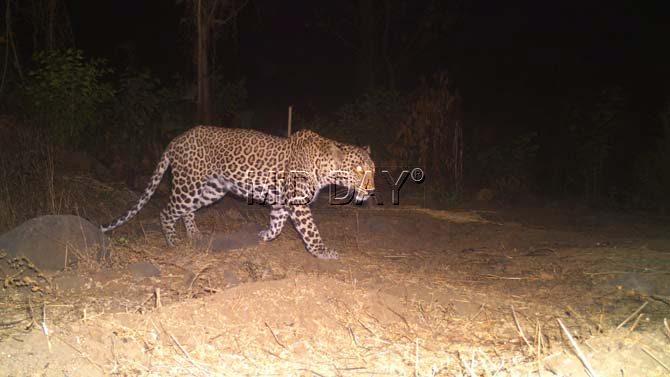
A leopard at Tungareshwar Wildlife Sanctuary in Vasai. Photos Credit- Nikit Surve/SGNP
The study
Titled 'Ecology Of Leopards (Panthera Pardus) In Tungareshwar Wildlife Sanctuary', the study was undertaken between February and July last year by the forest department along with research associate Nikit Surve and under the supervisor of biologist Dr Vidya Athreya, both from Wildlife Conservation Society, India chapter.

Pelhar Lake
"We obtained a total of nine images of leopards in the entire camera trapping exercise. Using various methodology, we have narrowed it down to five individual leopards (two males, two females & one of unknown sex) with confidence interval of 95 per cent," said Surve.
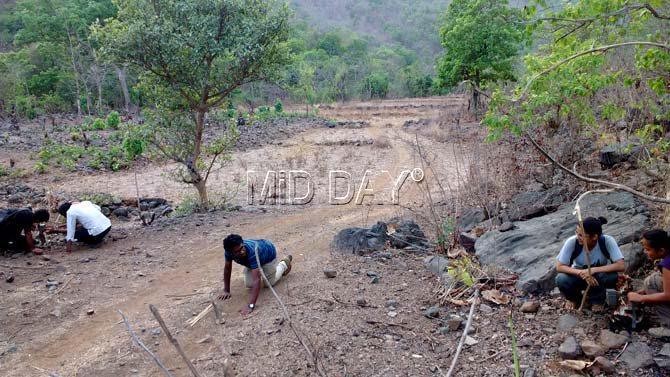
Researchers installing camera traps to spot animals
What it shows
Interestingly, though SGNP and TWS are connected and act as a wildlife corridor for the movement of wild animals, during the study, it was found that the density of people around TWS is about 1/10th of that around SGNP - 1,700 people/sqkm.
Also read - Mumbai: Cops attend workshop on how to handle leopards, wildlife laws
"One would expect that the TWS would seemingly have fewer human pressures affecting it because of the lower density of people around it and a much lower human footprint compared to SGNP that has millions of visitors and is surrounded by a booming metropolis. However, the results of this work show that TWS has little wild herbivore and leopard presence in comparison to SGNP," observed Surve.
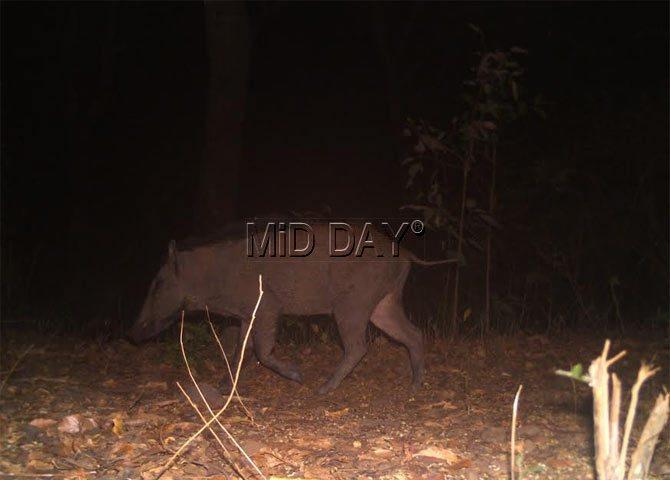
A wild boar
The camera traps were able to capture images of wild pigs, barking deers, black-naped hares, bonnet macaques and langurs, but their numbers were very low. More shockingly, there appears to be no evidence of the presence of chital or sambar, both of which are found in abundance at SGNP.
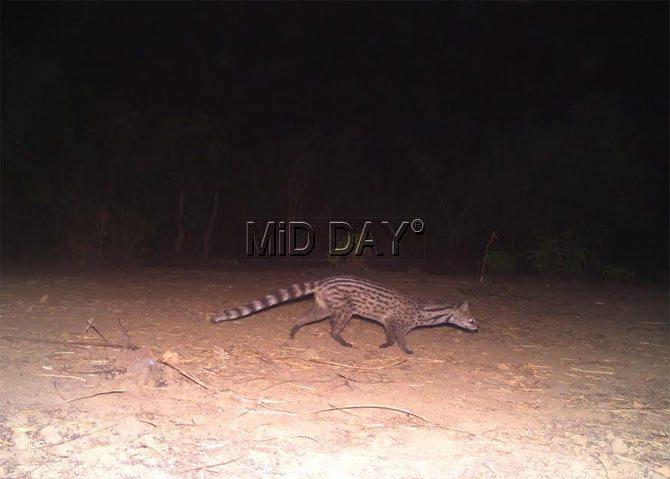
Small Indian civet
Interestingly though, the scat analysis of the leopard, conducted to test the leopard's diet preference shows that dog alone contributes to 53.60 percent of the leopard's diet.
 Subscribe today by clicking the link and stay updated with the latest news!" Click here!
Subscribe today by clicking the link and stay updated with the latest news!" Click here!






